Try to find the freshest fruit with a stalk and a bright red peel. A greenish, brownish or brown shell should alert you: most likely, the lychee will be immature or, conversely, overripe.
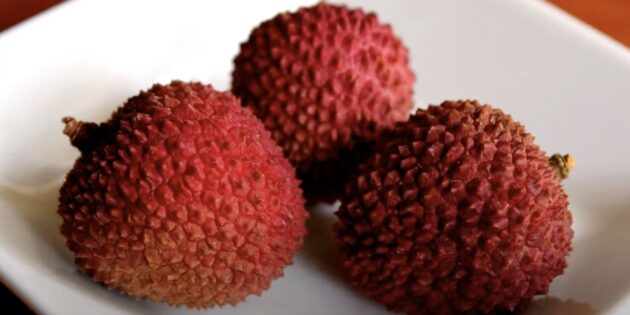
Peel the fruit and remove the stone from the pulp. To increase the chances of success, prepare several pieces.
Cover the bottom of a small container with a damp cloth made of natural fibers or a cotton pad. Spread the bones on top in one layer and cover them with another piece of wet material. Place the jar in a warm place, for example near the battery.
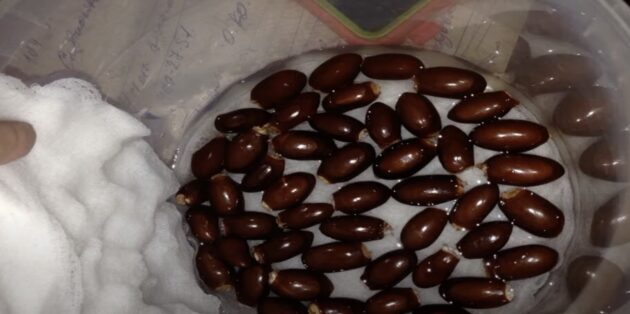
Make sure that the cloth or cotton wool is always wet and, as necessary, moisten it with water from a spray bottle. On average, the process of germination of lychee seeds takes about a week. Check the bones daily: as soon as the roots hatch, start sowing.
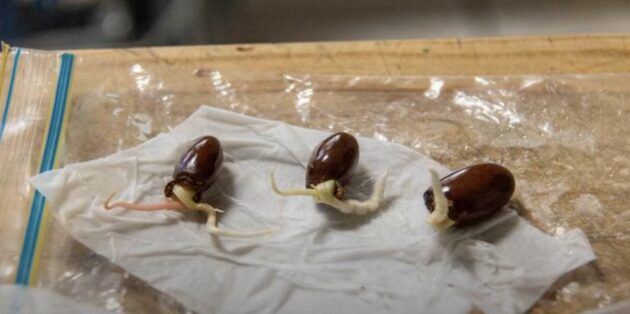
Small but deep containers with a volume of 400-500 ml are suitable for growing lychees. The main thing is that there are drainage holes in the bottom to drain excess liquid. If necessary, they can be made, for example, with a soldering iron.
Put the expanded clay in a pot with a layer of about 1-1.5 cm, and then fill it to the top with earth, not reaching the edges of about 1 cm. You can take ready-made nutrient soil for growing vegetable or flower seedlings.
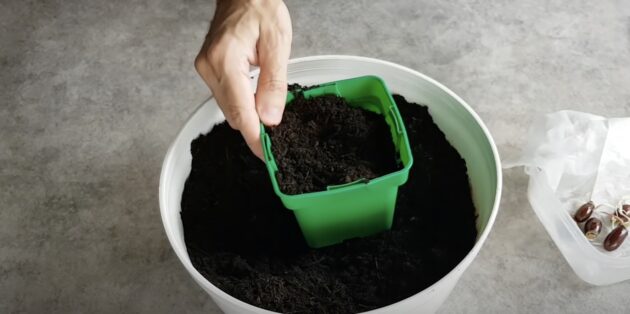
Make a small depression in the ground in the center of the pot. Place the bone in it with the spine down and cover it with earth, slightly compacting its surface with your fingers.
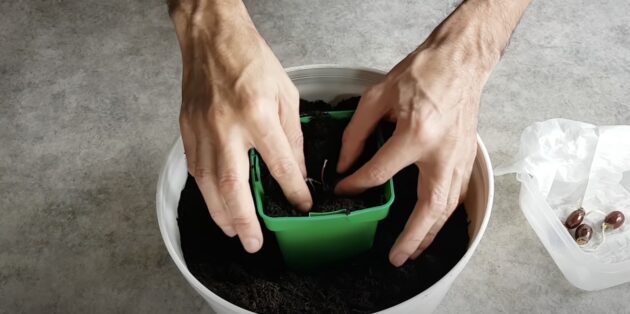
Moisten the soil abundantly with water at room temperature. To do this, it is best to use a spray gun so as not to blur the surface of the soil.
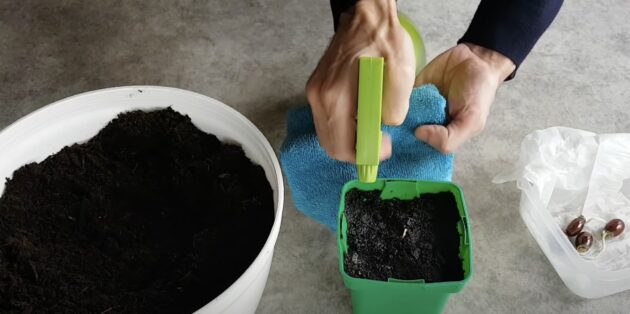
Cover the container with a transparent film to make a mini greenhouse. Put the lychees in a warm, bright place with a temperature of 25-28 degrees.
Usually sprouts appear after about 7-10 days. Until the seeds hatch, ventilate the crops daily, removing the film for 10-15 minutes, this will protect the bones from fungal diseases. Also, make sure that the soil in the pot is always moist. Spray it with water from a spray bottle as needed.
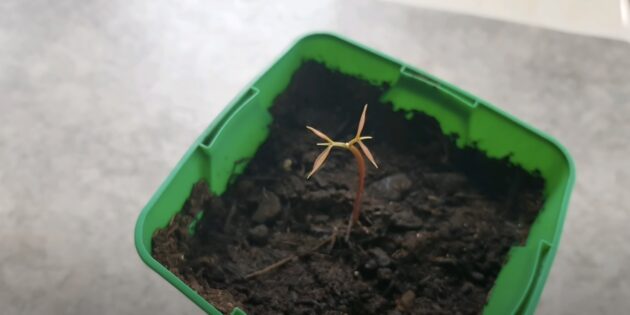
When you see that the lychee has sprouted, remove the cover from the pot and leave it in a well-lit place. However, it is better to reduce the temperature to 20-23 degrees so that the sprouts do not stretch .
In nature, lychee grows in hot places, so try to keep the temperature at home at 25-28 degrees and do not let it fall below 20. If possible, keep the plant away from too dry air and keep it away from batteries.
Find the lightest windowsill for lychee, and try to shade it from direct sunlight during the afternoon hours.
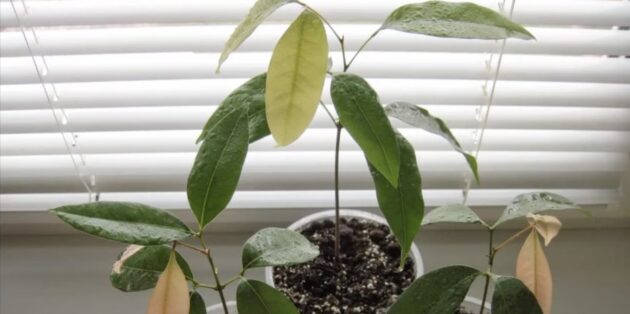
In the autumn-winter period, the plant will lack natural light, so provide it with artificial lighting using phytolamps or conventional fluorescent lamps with a power of at least 36 watts per 1 m2. Turn on the device in the morning and evening so that the lychee is in the light for at least 12, preferably 15 hours a day.
Lychee constantly needs water. The procedure is carried out when the soil surface in the pot dries slightly. Lychee should be watered at the root with warm, well-kept water. And don't forget to spray the leaves daily.
By the way, you can put an air humidifier near lychee to maintain an optimal humidity level of 70-80%. The device will be especially relevant during the heating season.
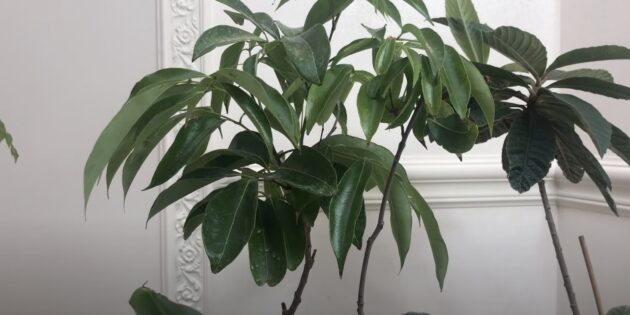
The first pruning is carried out when the lychee is at least three years old, and then the procedure is repeated every spring.
During pruning, all the side branches are pinched so that the tree does not waste energy on active growth and concentrates on laying flower buds. You can shape the plant at your discretion. The main thing is to completely remove all shoots that grow inside and thicken the crown. This way the tree will be evenly illuminated and ventilated.
When the seedling is three months old, feed it with nitrogen fertilizer to stimulate the growth of green mass. To do this, dilute 1 g of calcium nitrate in 1 liter of warm water and pour the plant under the root. One tree will need 50-100 ml of the mixture.
When the lychee turns one year old, fertilizing is carried out 1-2 times a month from the beginning of March to the end of October. You can use complex mineral fertilizers for flower crops and reduce the recommended dosage by half. Products with an even distribution of nitrogen, phosphorus and potassium are also suitable. For example, dissolve 1-2 g of nitroammophoski in 1 liter of water and pour 100-200 ml of the prepared mixture under the root of the tree.
Any top dressing should be applied to moist soil so that they do not burn the roots. It is better to carry out the procedure early in the morning or in the evening at sunset, otherwise drops of fertilizer under the influence of sunlight can cause burns on the leaves.